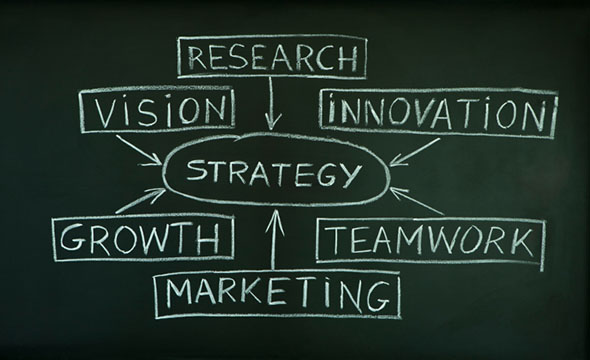How to Get More Done with the Elimination Technique
Most of us are familiar with the infamous “to do” list.
We dutifully populate the list with task after task that needs to get done. But we’re never sure where to start. There are only so many hours in a day, and all the tasks need to get done. We can’t fit a square peg in a round hole, and even if we stayed awake 24 hours, we wouldn’t be able to finish all the tasks on our list.
When faced with this dilemma, most of us are ready to tear up the task list and just wing it. A better option might be to use the Elimination Technique instead. What is the Elimination Technique? It’s a method to help narrow your focus. It starts with a series of questions to ask to begin eliminating options to get to what is most important.
Take a look at your current task list and ask the following questions:
- What tasks take more time than I have available?
- Are there tasks that don’t have to be done today?
- Are there tasks that can be automated?
- What tasks can be delegated to someone else?
Your task list should now be shortened. Reduce your list further by asking these questions:
- What tasks are most important for this day to be considered a success?
- What tasks don’t generate results that move you along your major goals?
- What tasks are required to move forward with a project?
- What tasks don’t facilitate some sort of growth, profit, or sales?
Your goal is to eliminate as many of the non-essential tasks as possible. Remember that the goal is to narrow your focus into a laser beam. By asking these questions, you should begin to see which tasks are truly important and must be prioritized and which tasks can be pushed down the list or better yet simply eliminated from your day. Less is more in this case.
For some, eliminating tasks may feel painful. We live in a society that seems to be constantly on the go. A long to do list must equal someone of substance. But having lots of activity doesn’t necessarily lead to fulfillment. Some struggle with the concept of elimination because there may be a sense of loss. (If I don’t do it, it will never get done.) But if all that extra non-essential activity gets in the way of doing what is most important, wouldn’t it be better for it to be eliminated?
Start today by ruthlessly eliminating tasks so you can reveal to yourself the truly important things in your life. With elimination comes focus. With focus comes efficiency. Efficiency leads to doing more while actually working less. Working less allows you to enjoy more freedom to accomplish what gives you real fulfillment and happiness in life.









